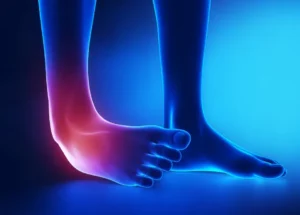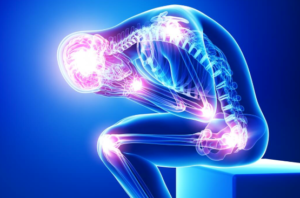Sciatica is a type of pain affecting the sciatic nerve, which extends from your lower back down through your hips, buttocks, and each leg. One treatment option available for this condition is spinal decompression. This non-surgical procedure involves gently stretching the spine, using a traction table or a similar motorized device. Here is more information about this treatment approach:
Relieves Pressure on Nerves
Spinal decompression therapy works by relieving pressure within the spinal discs. This process is designed to help retract or reposition bulging or herniated disc material. When a disc protrudes, it may press on the sciatic nerve, causing pain, numbness, or weakness along the nerve’s path. Taking pressure off the sciatic nerve is a primary objective of this therapy.
Keeps Spinal Vertebrae Apart
The spine is made up of a series of bones called vertebrae, which are separated by gel-like discs. Over time, these discs may lose height or become compressed, reducing the space between the vertebrae. This narrowing, known as spinal stenosis, may also contribute to nerve compression and sciatica pain.
This treatment method aims to counteract this by carefully stretching the spine. The therapy creates more space between the vertebrae, which may alleviate the compression on the spinal discs and nerves. This increased space is maintained during the treatment session, allowing the discs to receive more nutrients and oxygen.
Reduces Pain
Many people with sciatica experience persistent pain that affects their daily activities. The pressure on the sciatic nerve from a herniated disc or bone spur is often the source of this discomfort. By addressing the source of the pressure, spinal decompression therapy may lead to a reduction in pain.
As the spine is stretched, the pressure on the nerve lessens, which might interrupt the pain signals being sent to the brain. This can result in diminished pain in the lower back, hips, and legs.
Pain reduction is a key outcome people may seek when pursuing this treatment. Spinal decompression therapy may also promote blood flow to the damaged area, aiding in the delivery of nutrients and oxygen needed for healing. Over time, this process can support the body’s natural recovery and improve overall spinal health.
Promotes Healing
Spinal decompression may also support the body’s natural healing processes. The negative pressure created during the treatment can help draw water, oxygen, and nutrient-rich fluids into the discs. This improved circulation can support the health of the spinal discs.
A healthier disc is more resilient and better able to perform its function of cushioning the vertebrae. By aiming for a better healing environment, spinal decompression may help improve the overall condition of the spine over time. This approach targets not just the symptoms but also the underlying mechanics of the spinal issue.
Schedule a Consultation for Spinal Decompression
Understanding your options is the first step toward managing sciatica pain. If you are struggling with discomfort and want to learn more about how this treatment method works, we are here to provide information. Contact a pain management clinic today to schedule a consultation and discuss whether this treatment might be appropriate for you.















